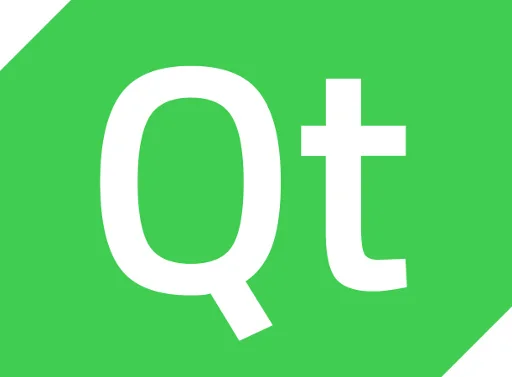An Improved Experience With Qt Scene Graph

Zack basically goes on to say in his latest blog post that the 2D rendering model really hasn't changed in years and that there's much more that could be done to speed-up the process and make it more efficient. Among the 2D model shortcomings mentioned by Zack are pixmaps and surfaces are created too many times when they could be reused when the window and its widgets don't change (or change minimally), pushing the data from every draw call into a temporary buffer and then copying it all at once, creating a shader cache for fill and composition modes, and the GPU downloading the same data with every frame being rendered.
With QML, which is a declarative user-interface language that Nokia introduced in Qt 4.7, the rendering model is beginning to change. While not yet living in the mainline Qt code-base, let alone in an official release, the QML rendering really changes when Qt Scene Graph is introduced. Rather than QML talking to QGraphicsView that in turn is communicating with the QPainter that is using the OpenGL ES 2.0 paint engine, Qt Scene Graph replaces these components between QML and the actual OpenGL ES 2.0. With Qt Scene Graph you end up with significantly better performance on this new model. This is basically what Zack's message is from this blog post.
For those interested in learning more about Qt Scene Graph, there's another blog post worth reading from yesterday. This blog post was written by Marko Mattila, a Qt and Maemo developer from Finland, wrote at length about this new architecture for the Qt tool-kit library. There's also a nice video demo of QML and Qt Scene Graph in action, which is shown below.
The Qt-powered interface is rather slick while at the same time the CPU usage is low and the GPU is being utilized efficiently with minimal state changes. Though for those without GPU acceleration, Qt Scene Graph is capable of running off LLVMpipe on Gallium3D.
There are also more videos and information from Nokia Qt Labs that were made earlier this year, but since then the Qt Scene Graph project has gone dormant, but now it looks like it may be revived and hopefully will be merged into Qt in the not too distant future. It's possible that Qt Scene Graph may not be fully pushed into Qt until Qt 5.0.
Meanwhile, KDE developers continue discussing merging the KDE libraries into Qt.
8 Comments

